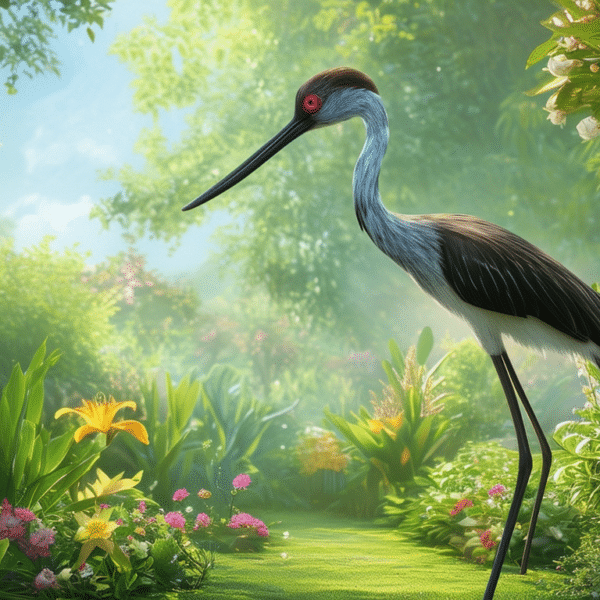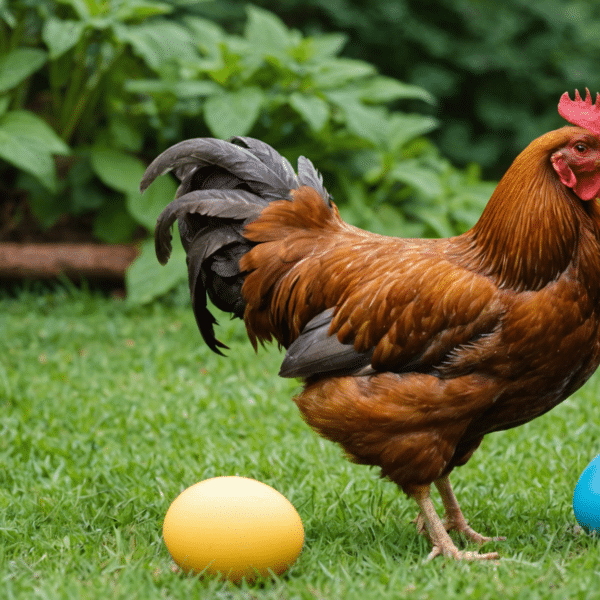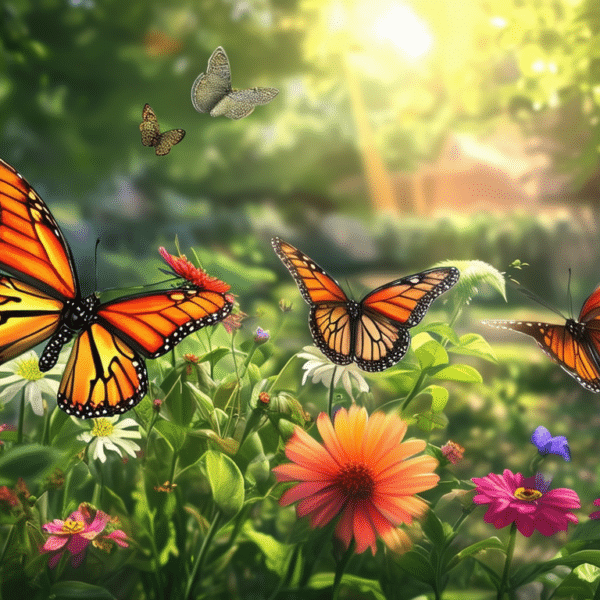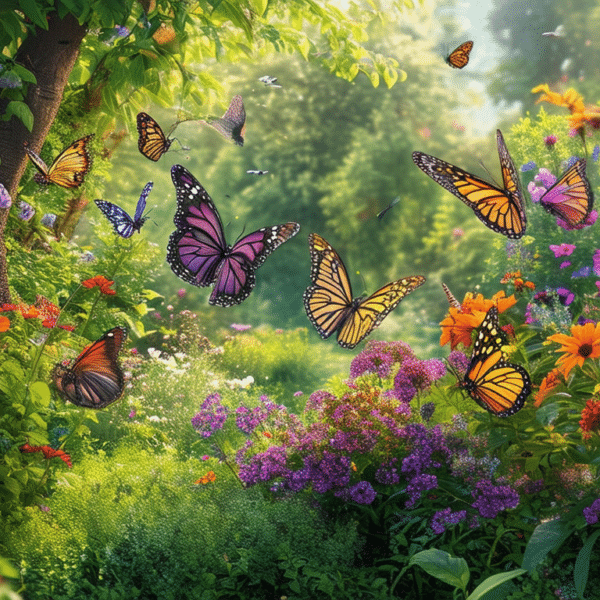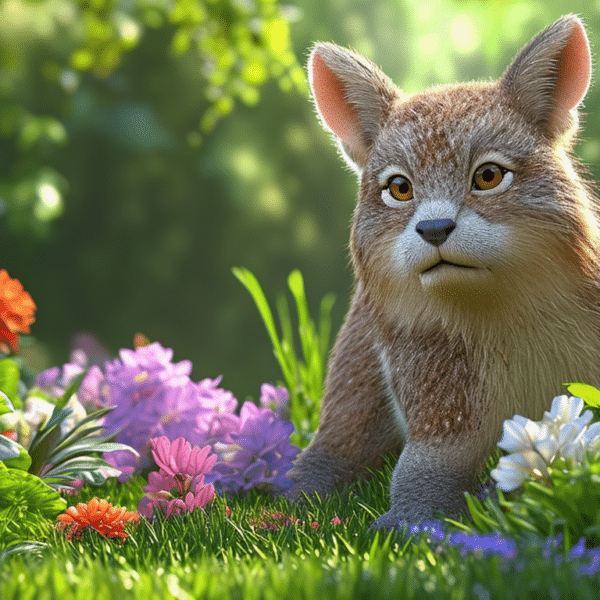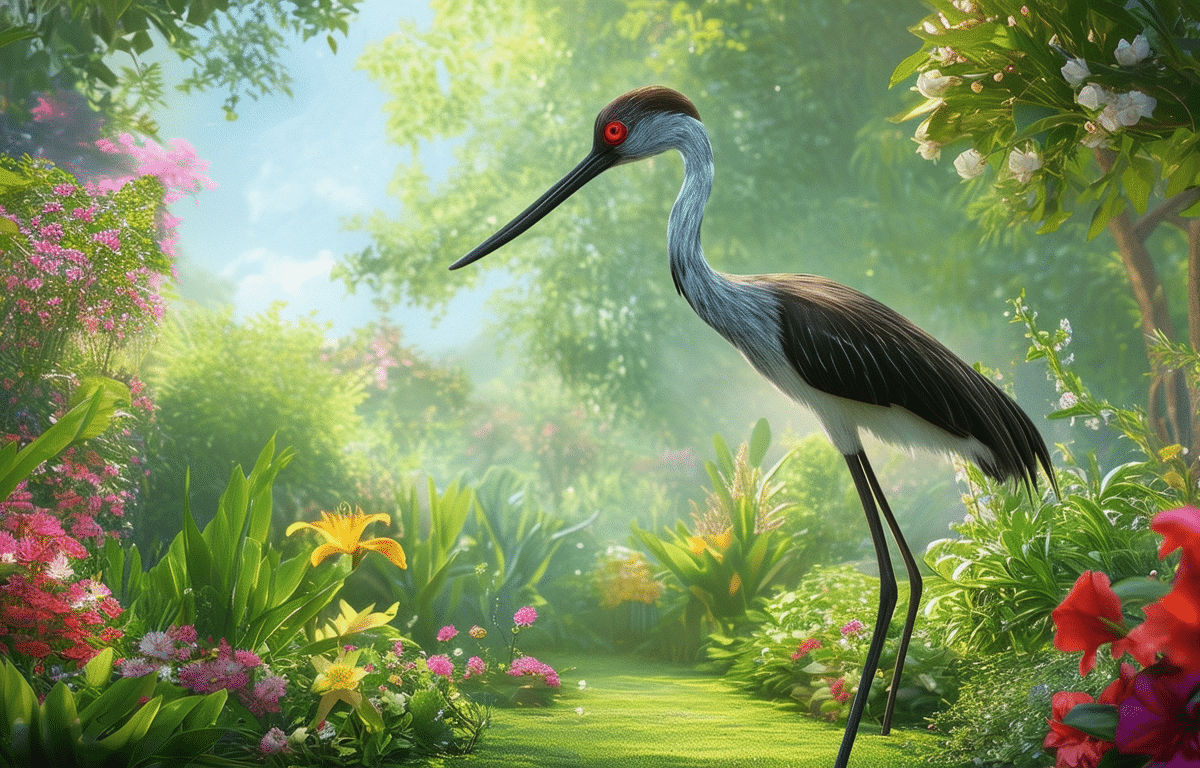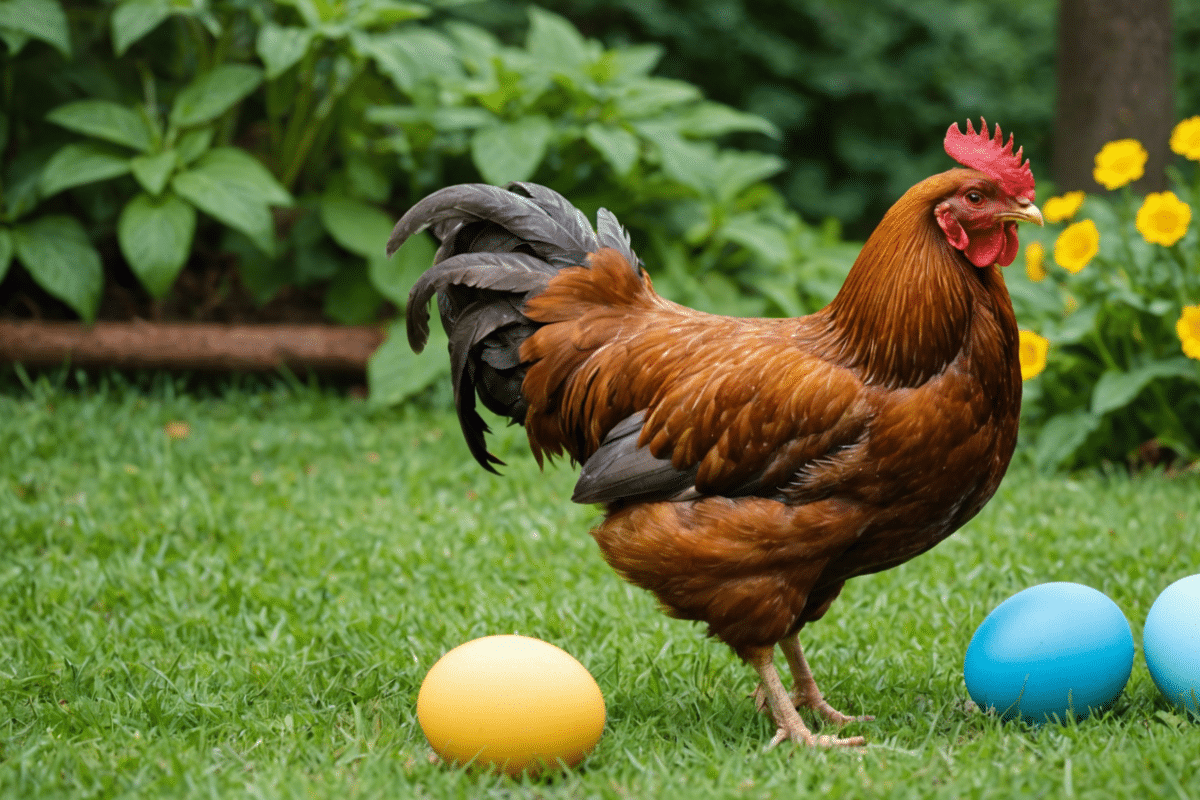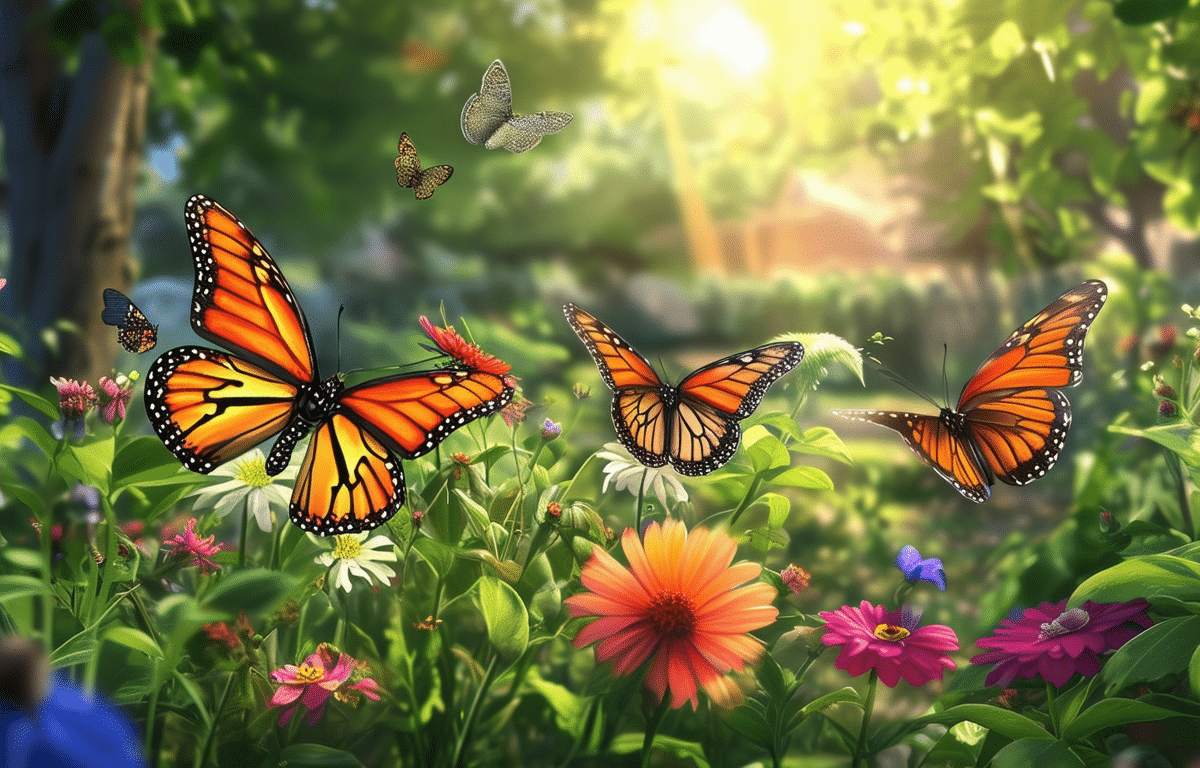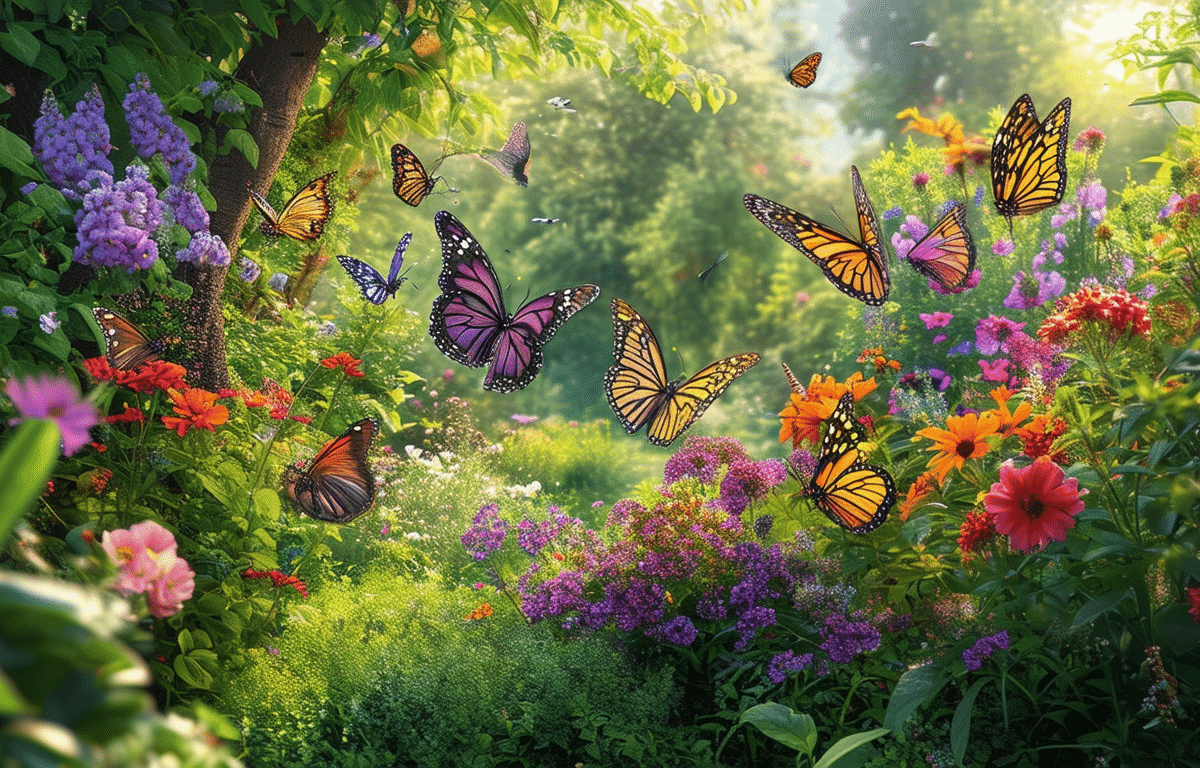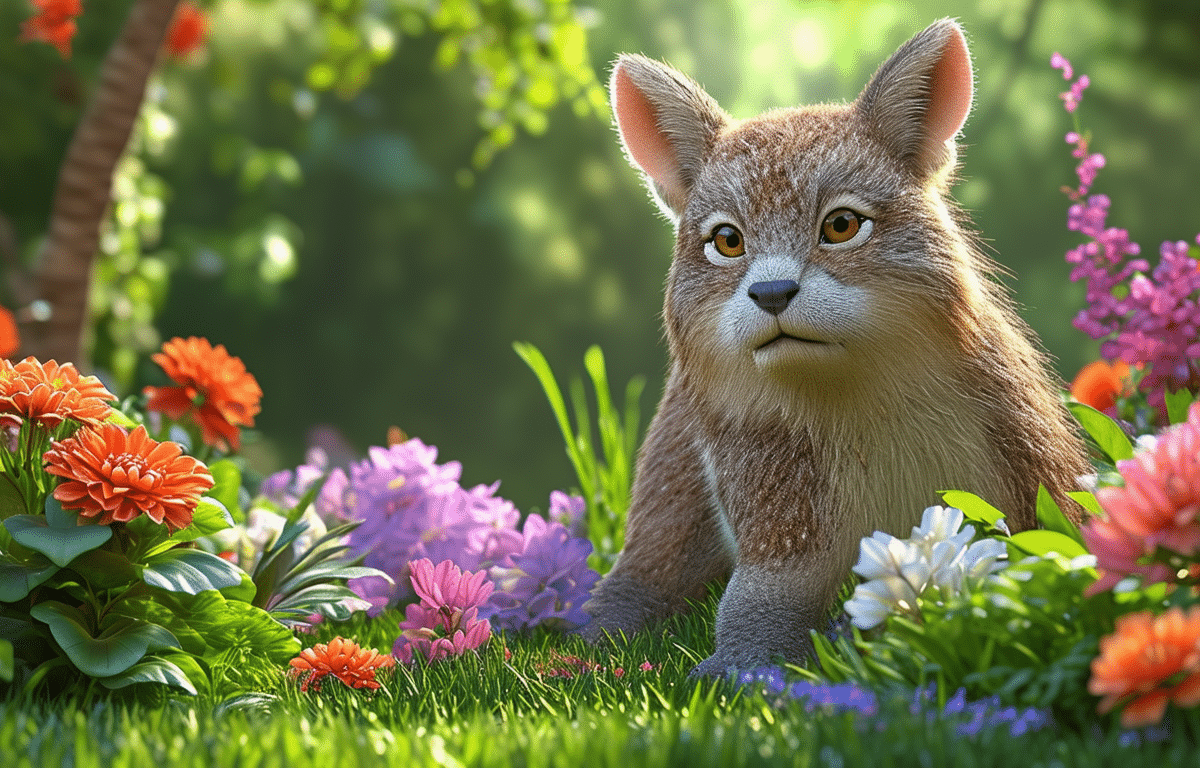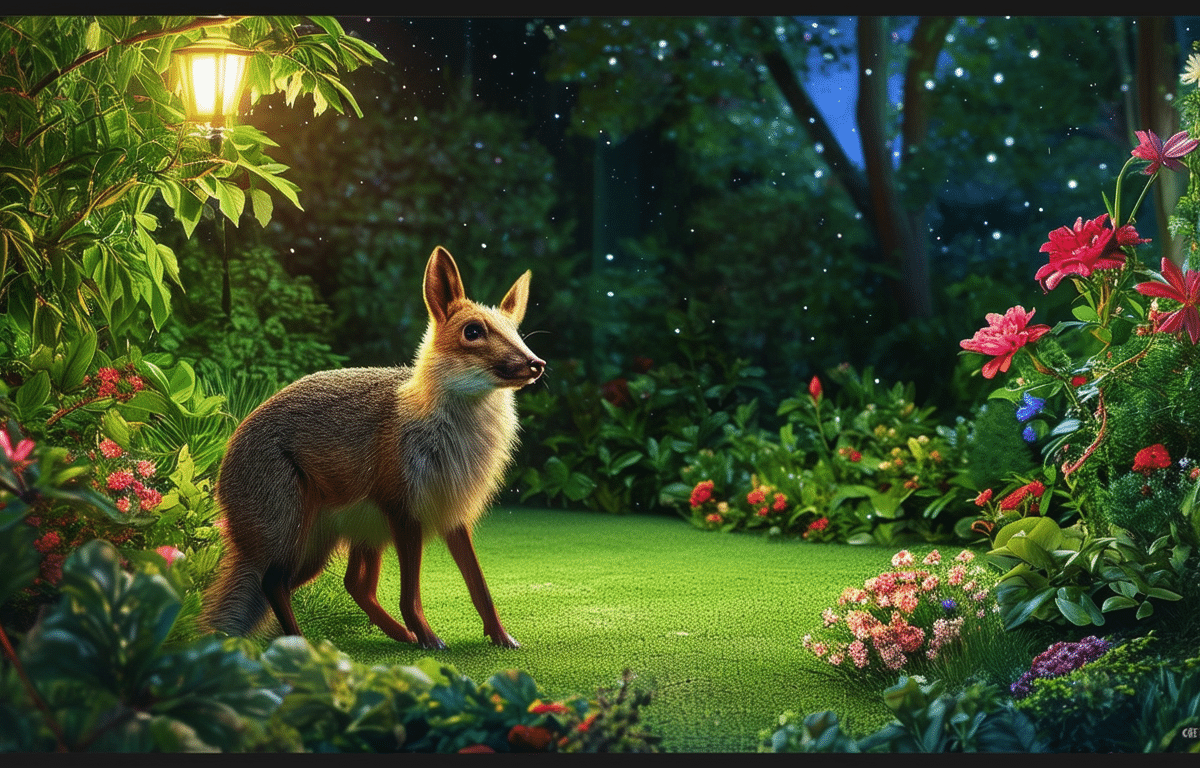Content
Understanding the distinctions between bees, wasps, and hornets can be quite enlightening. These flying insects not only differ in physical characteristics but also in their behavior, habitats, and impacts on the environment. In this detailed exploration, we’ll break down the key aspects that set these creatures apart.
Physical Differences

First, let’s examine the physical attributes that help us identify bees, wasps, and hornets. Bees are generally robust, fuzzy insects with flat rear legs. They are mostly recognized for their useful role in pollination. Wasps and hornets, on the other hand, have a more streamlined shape, a shiny appearance, and lack noticeable hair. Wasps usually have a pinched waist, which is less evident in bees. Hornets, a type of large wasp, have a more rounded and larger body compared to other wasps.
Behavioral Traits
When it comes to behavior, these insects also show noticeable differences. Bees are predominantly docile creatures, usually only stinging when provoked. They are social insects, living in well-organized colonies. Wasps and hornets can be more aggressive and are known to sting multiple times, which makes them less favorable in human interactions. Furthermore, wasps can be either social or solitary, whereas hornets are always social and build large colonies.
Habitats and Nesting
The preferred habitats and nesting habits also set these insects apart. Bees often build their nests in sheltered places such as hollow trees or man-made structures using wax produced by worker bees. Wasps and hornets, however, construct their nests from a papery substance created by chewing wood fibers mixed with their saliva. They tend to build their nests in various locations, including under eaves, in attics, or hanging from tree branches.
Diet and Nutrition
Diet is another area where bees, wasps, and hornets differ significantly:
– Bees: Primarily feed on nectar and pollen.
– Wasps: Carnivorous creatures, feeding on other insects and spiders.
– Hornets: Similar to wasps, feeding on other insects, but can also consume fruit and human waste.
This variation in diet influences not only their role in the ecosystem but also their interaction with humans and other species.
Environmental Impact
Each of these insects plays a distinct role in our ecosystem. Bees are renowned for their role in pollination, which is crucial for the production of many fruits and vegetables. Wasps, despite being less popular, are important predators of pest insects, thus aiding in natural pest control. Hornets also help control pest populations but to a lesser extent compared to wasps.
FAQs
Q: Can bees, wasps, and hornets benefit my garden?
A: Yes, bees are excellent pollinators, while wasps and hornets can help control pest insect populations in your garden.
Q: How can I safely remove a wasp or hornet nest?
A: It is best to contact a professional pest control service to handle the safe removal of wasp or hornet nests, especially if you are allergic to stings.
Q: Are there any visual guides to help identify these insects?
A: Yes, several online resources provide visual aids and detailed descriptions to help differentiate between bees, wasps, and hornets.
By understanding these differences and characteristics, one can better appreciate the roles and importance of bees, wasps, and hornets in nature. While they might possess some threatening features, particularly wasps and hornets, their contributions to our ecosystem are invaluable. Awareness and knowledge about these insects can foster a more harmonious coexistence with them in our surroundings.


